9 Easy Edible Plants for Novice Gardeners
Gardening is not just a hobby; it's a way to sustain yourself and eat healthier. This article will explore nine easy-to-grow edible plants perfect for novice gardeners, detailing their requirements and benefits.
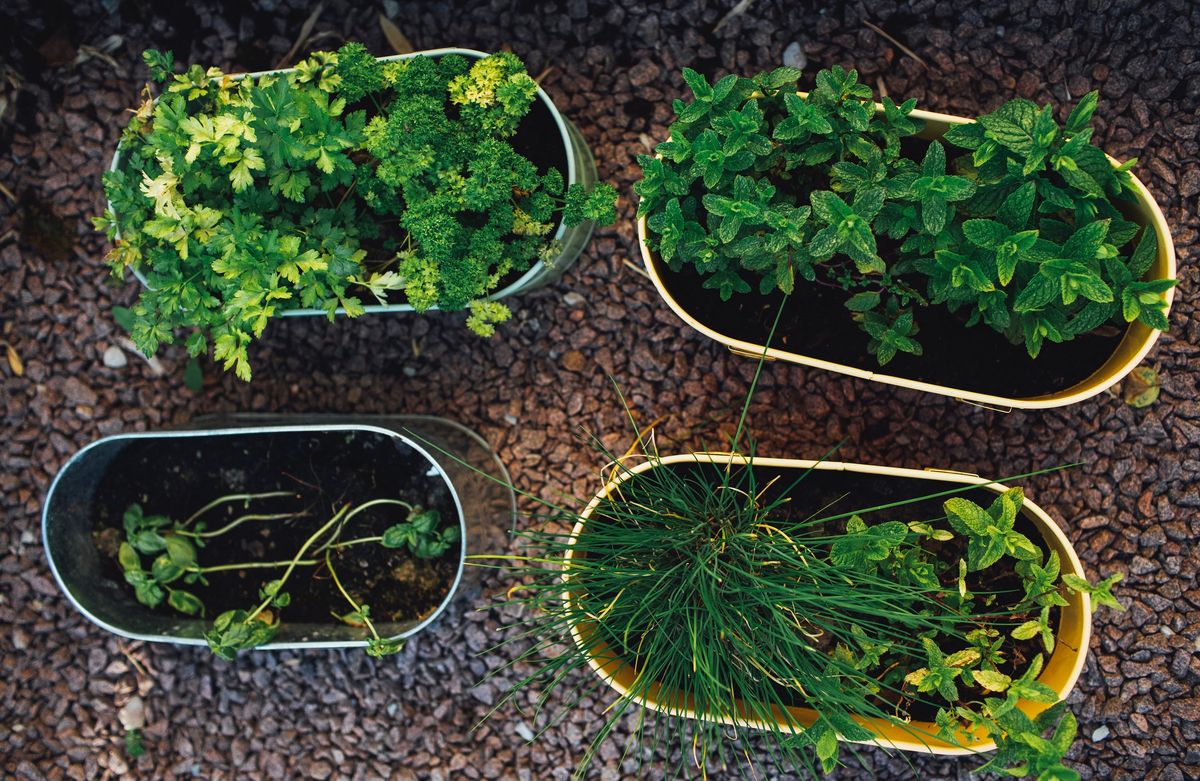
Table of Contents
- Why Edible Garden
- Tomatoes: The Garden Staple
- Basil: The Fragrant Herb
- Carrots: Underground Treasures
- Zucchini: The Prolific Producer
- Cucumbers: The Cool Crunch
- Spinach: The Nutrient Powerhouse
- Lettuce: The Salad Essential
- Strawberries: A Sweet Treat
- Green Beans: The Beginner's Best Friend
- Common Mistakes to Avoid
- Final Thought
Why Start With Edible Plants?
So, you're excited to dig your hands into the soil and start gardening.
Trust me, there's nothing like the satisfaction of eating something you've grown yourself.
But the whole process might seem overwhelming if you're a novice gardener.
The key is to start with plants that are both easy to grow and useful, and what could be more valuable than plants you can eat?
You can turn your garden into your grocery store with just a little effort and care.
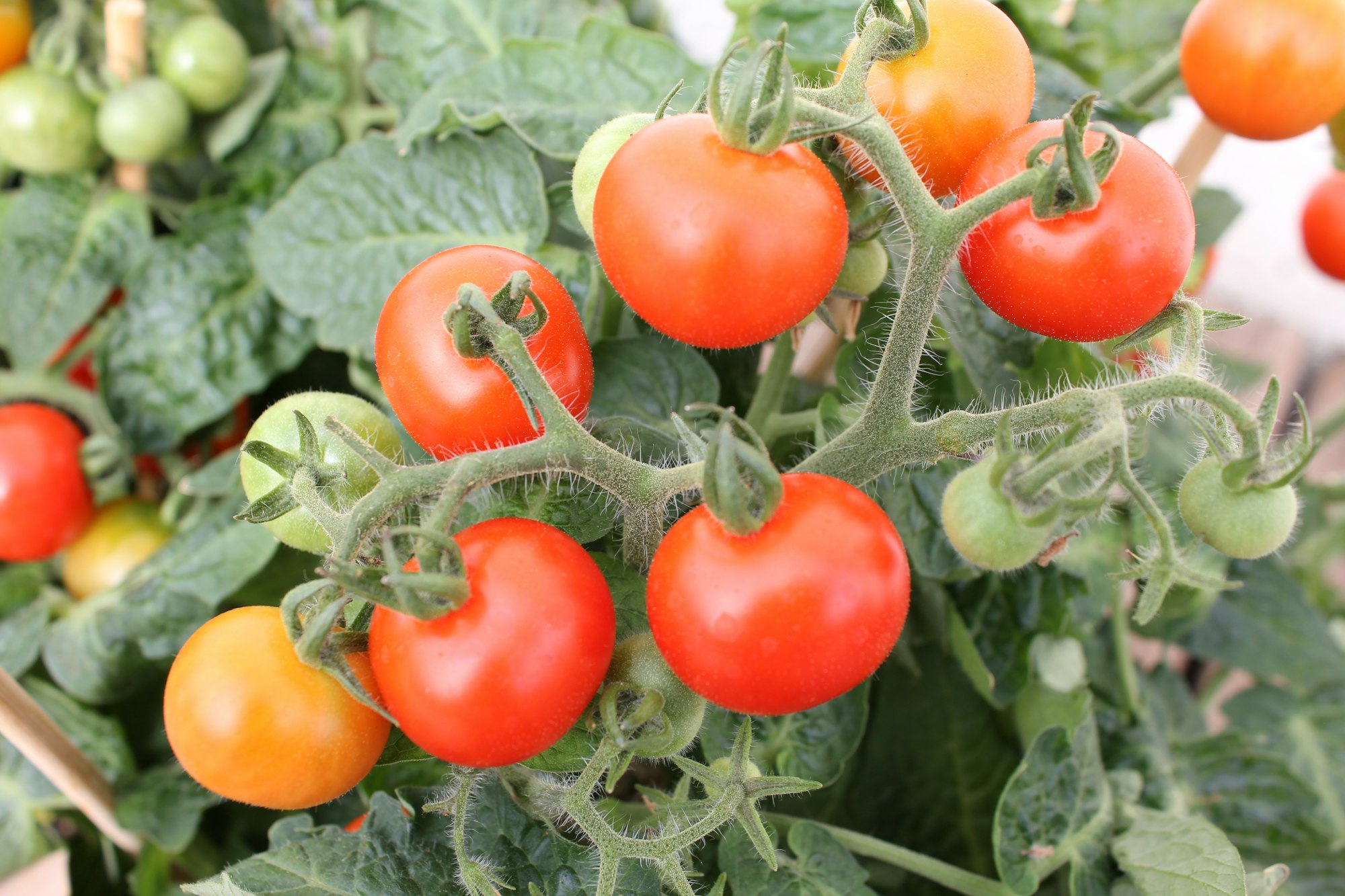
Tomatoes: The Garden Staple

Let's start simple: tomatoes. If you've ever had a homegrown tomato, you know it's like tasting a whole new fruit.
The difference between a store-bought and a homegrown tomato is night and day.
To grow tomatoes, you'll need a sunny spot in your garden. These plants love sunlight and need at least six hours a day.
For the soil, aim for a pH level between 6 and 7. You can start by planting young plants or seeds, ensuring you grow them deep into the ground.
The deeper you plant them, the stronger the roots will be. After planting, water them well and consistently.
Don't flood them, but make sure the soil stays moist.

Basil: The Fragrant Herb

Moving on to herbs, basil is a beautiful addition to any garden.
Not only does it add flavor to your dishes, but it also serves as a companion plant for tomatoes, helping to keep pests away.
To grow basil, you need well-drained soil and lots of sunlight.
Like tomatoes, aim for at least six hours of direct sunlight. Water the plants sparingly; basil doesn't like to sit in wet soil.
You can start harvesting the leaves once your basil plants are about six inches tall.
Be sure not to remove all the leaves from one stem; this will give the plant a chance to regrow.

Carrots: Underground Treasures
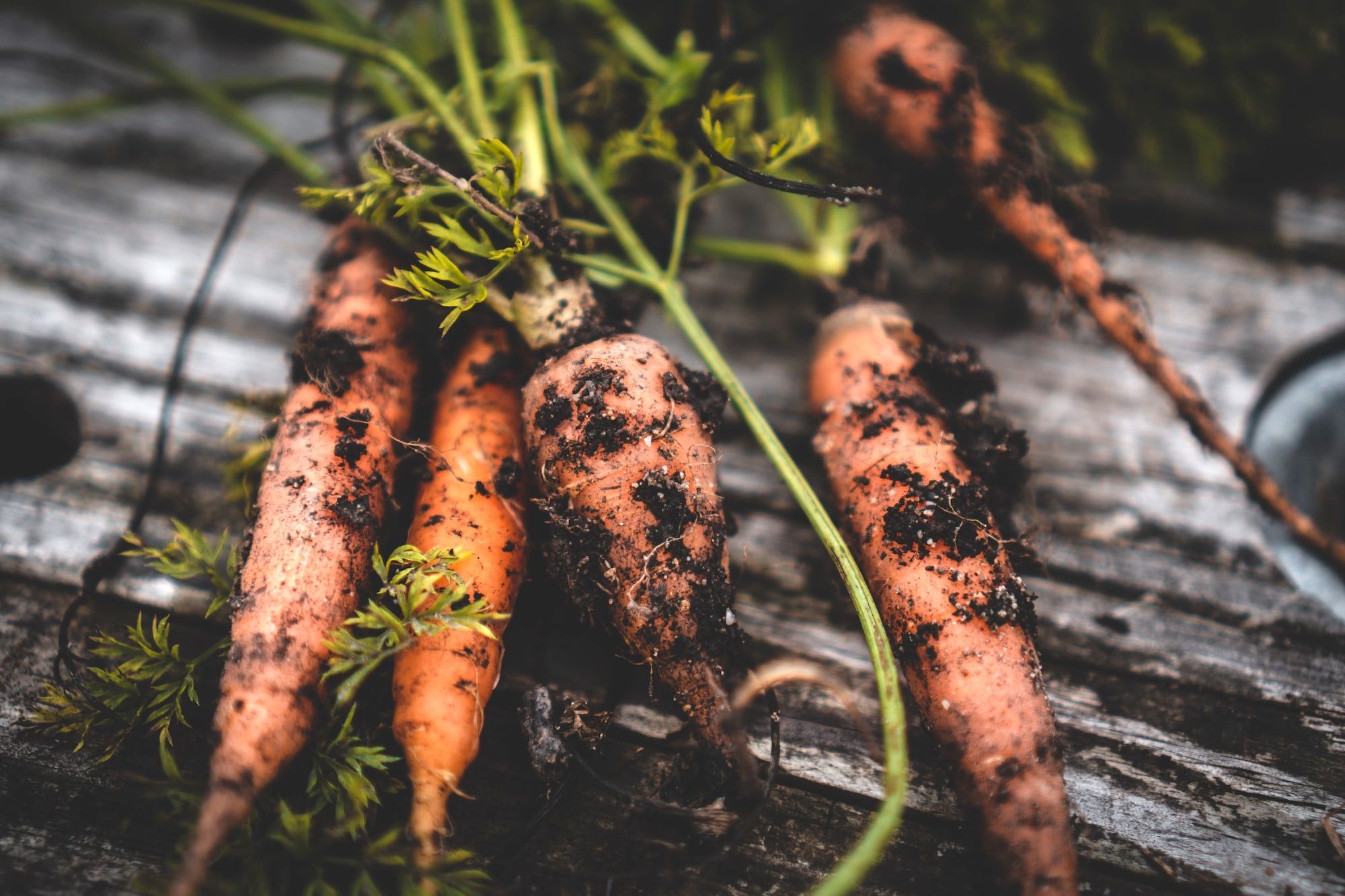
Carrots are another easy-to-grow plant that's perfect for beginners.
These root vegetables prefer cooler weather, making them a good choice for early spring or late summer planting.
Choose a spot with loose, sandy soil in your garden for the best results. Carrots need space to grow downwards, so compacted soil is a no-go.
Sow the seeds about 3 to 4 inches apart, and water them consistently but not excessively. Overwatering can lead to rot.
After a couple of months, you'll notice the tops of the carrots peeking out from the soil—that's when you know they're ready to be harvested.
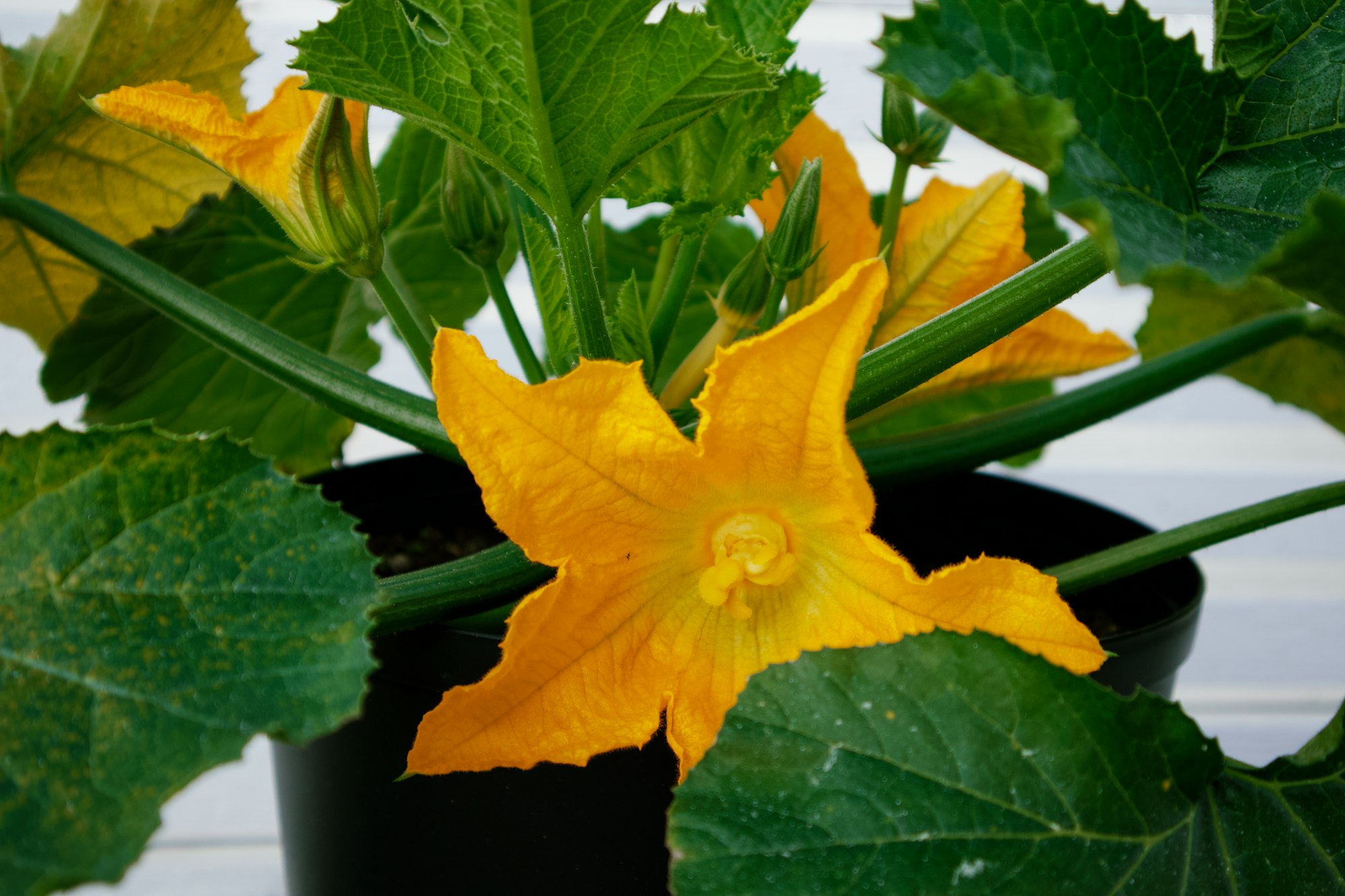
Zucchini: The Prolific Producer
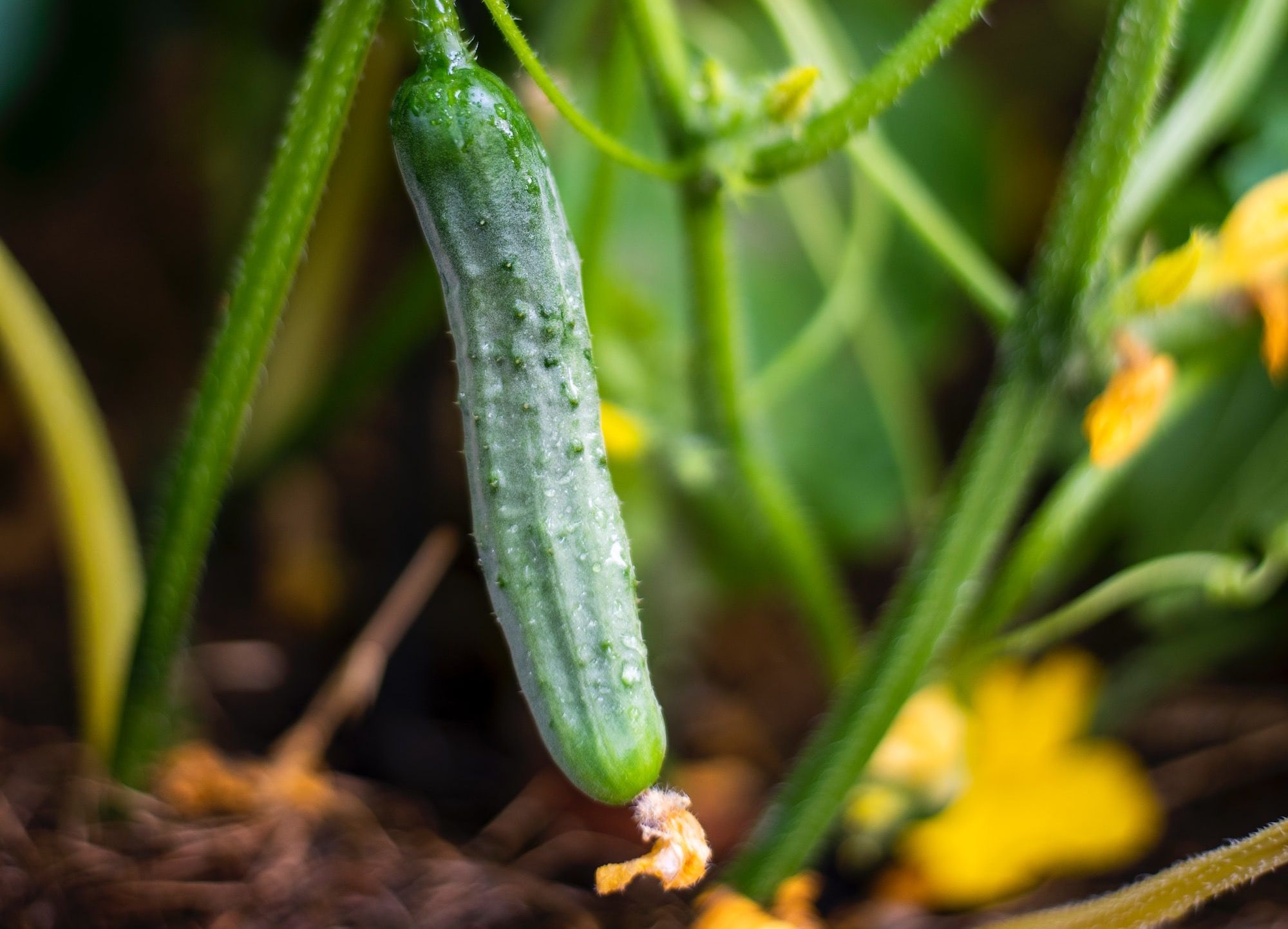
If you want to get a lot of bang for your buck, zucchini is the way to go.
These plants are prolific producers, and you'll find yourself with more zucchinis than you know what to do with.
Zucchinis are summer squash, meaning they thrive in warm weather.
Choose a sunny spot in your garden with well-drained soil. Plant the seeds about one inch deep and water them well.
One thing to note about zucchini is that they can become susceptible to pests like squash bugs.
Look for any signs of infestation and deal with it promptly to keep your plants healthy.
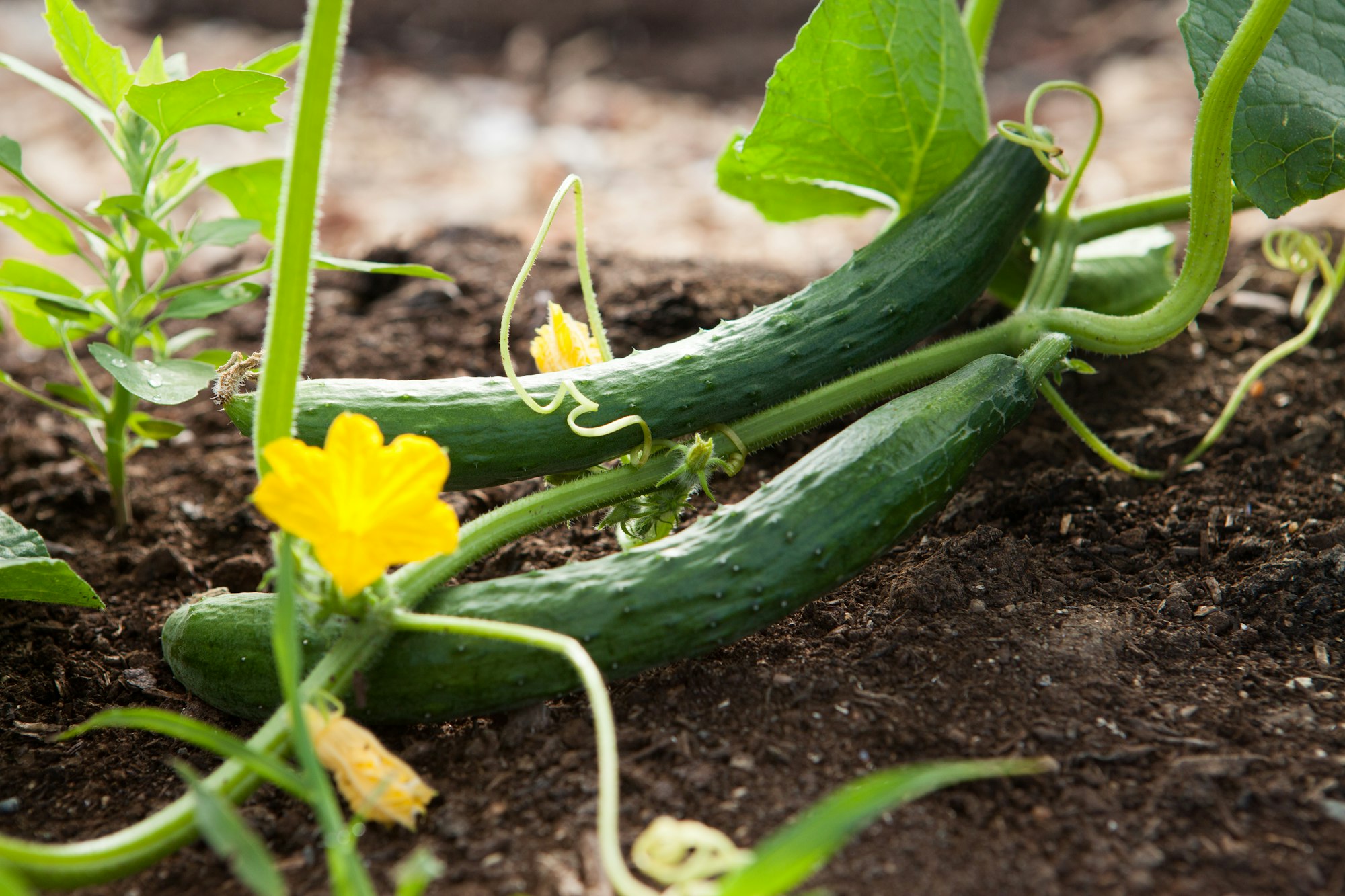
Cucumbers: The Cool Crunch

Cucumbers are another easy plant that you can grow vertically to save space. These are perfect for salads, pickling, or munching on a hot day.
For cucumbers, you'll need a sunny location and well-drained soil. Plant the seeds about 1.5 inches deep and water them well.
Once the plants are about a foot tall, you can train them to climb a trellis or fence.
Just like with zucchini, keep an eye out for pests, as cucumbers can attract the same bugs.
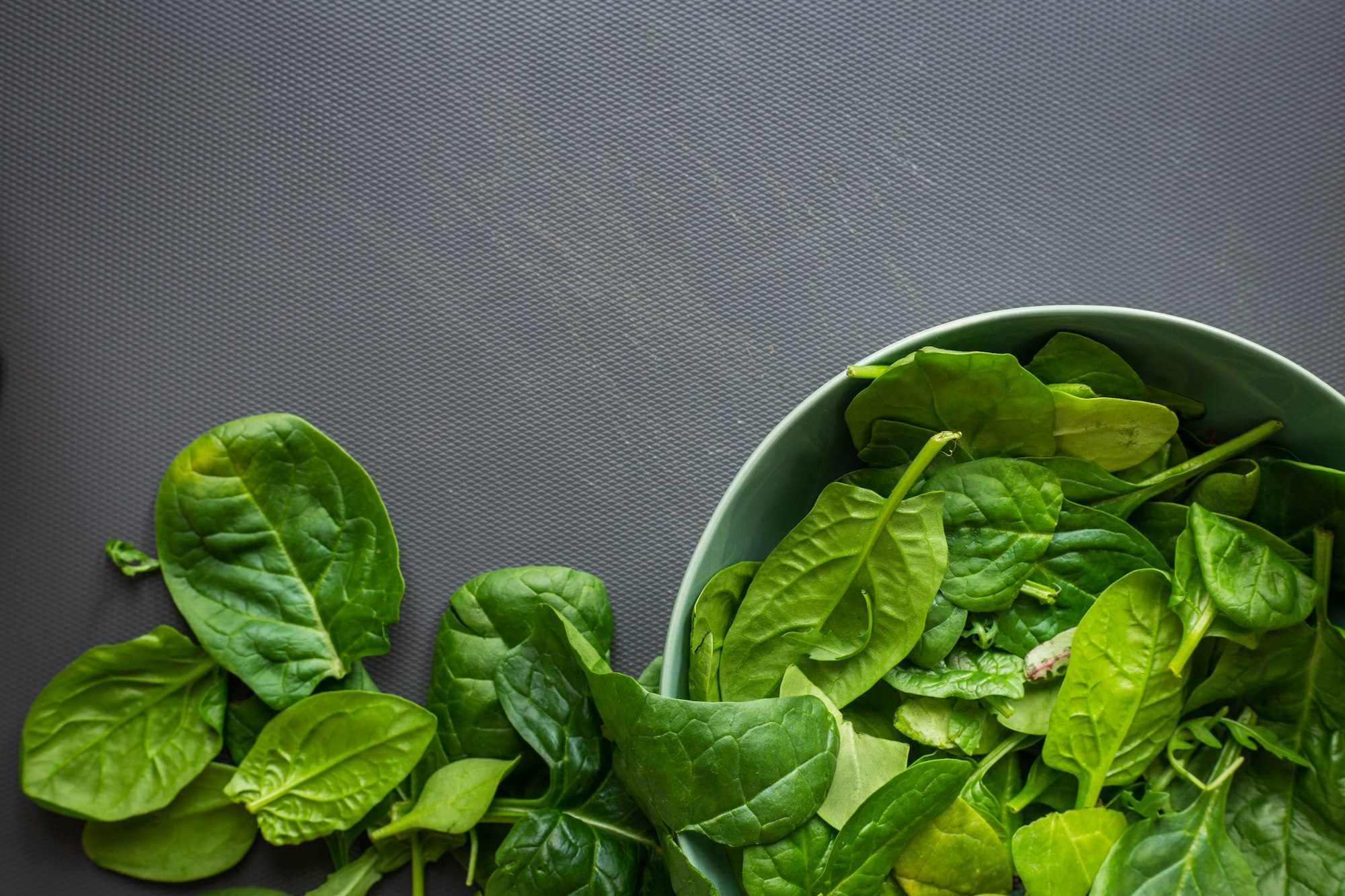
Spinach: The Nutrient Powerhouse

Rich in iron and other nutrients, spinach is an easy leafy green. Spinach can tolerate cooler temperatures so you can plant it in the early spring or late fall.
Choose a spot in your garden with loamy soil and partial shade.
Spinach isn't as picky about sunlight as other plants, making it a versatile choice.
Sow the seeds about half an inch deep and keep the soil moist. You'll have spinach leaves ready for harvest in just a few weeks.

Lettuce: The Salad Essential

You can grow various types of lettuce, from romaine to iceberg, but they're all relatively easy to manage.
Plant lettuce in a spot with at least four to six hours of sunlight daily.
The soil should be well-drained and rich in organic matter. Sow the seeds shallowly, about a quarter of an inch deep, and water them regularly.
The great thing about lettuce is that you can harvest it at almost any stage. Once the leaves are a few inches tall, you can start picking them for your salads.

Strawberries: A Sweet Treat

It's hard to resist the allure of a ripe, juicy strawberry, and the good news is you don't have to.
Strawberries are surprisingly simple to grow and can even thrive in containers if you're short on space.
The key for strawberries is well-drained soil rich in organic matter. Aim for a soil pH between 5.5 and 6.5.
You can buy young strawberry plants or start them from seeds. Plant them about 18 inches apart to give them room to spread.
Strawberries love sunlight, so find a spot to get at least six hours of direct light each day.
Regular watering is essential, but avoid waterlogged soil as it can lead to root rot. Strawberries produce fruit in their second year, so patience is vital.
Once they grow, you'll have a steady supply of sweet treats from your garden.

Green Beans: The Beginner's Best Friend

If you're looking for a plant that's forgiving and easy to care for, green beans are the perfect choice.
They're an excellent protein, fiber, and vitamin source and are a great way to round out your edible garden.
Start by choosing a sunny spot in your garden with well-drained soil. Beans prefer a slightly acidic to neutral soil, with a pH range of 6.0 to 7.0.
You can directly sow the seeds about an inch deep and 2 inches apart. Water the seeds well and watch as they quickly sprout, usually within a week.
Green beans don't need much in terms of care. Keep the soil moist, and you'll have a healthy crop soon. You can harvest the beans once they reach the size of a small pencil.
Common Mistakes to Avoid
As a beginner, it's easy to get caught up in the excitement and make a few common gardening mistakes. Overwatering is a mistake; always ensure the soil is moist, not soggy.
Another common error is overcrowding. Plants need room to breathe and grow, so always read the spacing requirements before planting.
Finally, don't ignore the signs of pests or disease. The sooner you address these issues, the better chance your plants have to recover.
Some Final Thoughts
You've got this. With a little effort, patience, and tender loving care, your garden will be a feast for the eyes and a literal feast you can enjoy at your dining table.
Growing your food can be one of the most rewarding experiences ever, and it's easier than you think.
So go ahead, roll up those sleeves, and turn your garden into your mini grocery store.
Remember, the key is to start simple and gradually expand as you gain more confidence and experience.
These seven easy-to-grow edible plants are the perfect starting point for any novice gardener. Happy gardening!



